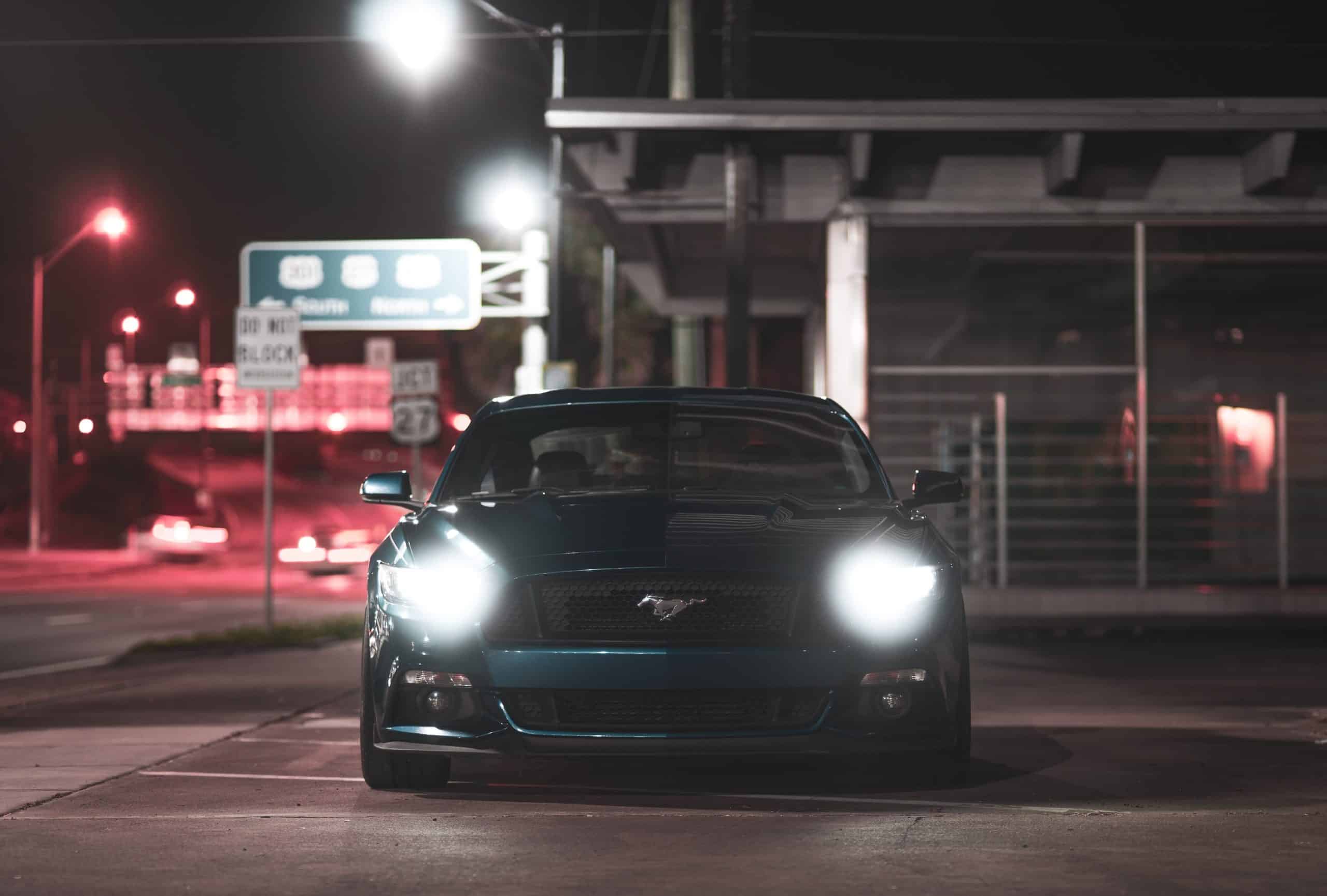Wondering, “how many lumens is a car headlight”? The answer is it usually ranges between 700 to 6,000 lumens. Car headlights help drivers avoid accidents and respond quickly to road conditions. Here is everything you wanted to know about lumens.
What Are Lumens?
Lumens are a measure of brightness in the same way electricity is quantified in watts. The luminosity of a car’s headlight bulbs refers to its lumen output. One lumen is about one candle’s worth of light, so car headlights have hundreds to thousands of lumens.
Are Kelvins Different from Lumens?
The Kelvin temperature of a light source refers to the warmth of the color it produces. Lower Kelvin temperatures, such as those emitted by a candle, cast a warmer glow, while higher Kelvin temperatures appear bright white or slightly blue. Higher Kelvin temperature lighting is associated with better visibility.
How Many Lumens Is a Car Headlight?
Most headlights range from 700 to 6,000 lumens, with low-beam halogen bulbs on the lower end and powerful LEDs on the upper side. The greater the number of lumens a headlight contains, the brighter the area it illuminates. Here is a breakdown of the types of car headlights and their lumen outputs.
Halogen
Halogen headlights, which have between 700 to 1,200 lumens, emit a warm, yellowish light. Also known as low beams, they are a common feature of vehicles produced before the 2000s.
High-Intensity Discharge (HID)
High-intensity discharge (HID) headlights, which have between 3,000 and 5,500 lumens, are designed to mimic daylight by casting a bright, white light that is also efficiently diffused. They are also the most powerful of the three. These headlights use xenon gas and last much longer than halogen bulbs, often surpassing the operational lifespan of a vehicle.
Light-Emitting Diode (LED)
LED headlights have as many as 6,000 lumens. They are known for their energy efficiency, high visibility, and color customization.
What Is Lux?
Lux is a factor to consider for road visibility. The term “lux” refers to the intensity of light that reaches a particular surface area. It is calculated as the number of lumens penetrating one square meter of a surface. A concentrated light thus shines more lumens onto an object, making it appear brighter.
What Is the Difference Between Low-Beams and High-Beams?
Drivers should switch between low-beam and high-beam headlights based on the time of day, the presence of other vehicles, and weather conditions.
Low-beam halogen headlights are dimmer and cover less ground in front of a vehicle. They are suitable for city driving that does not require much lighting for roads to be visible.
Vehicles produced today have both low-beam and high-beam capabilities. HID and LED headlights cast stronger and more evenly distributed light beams, making them ideal for dark rural roads with no streetlights.
When driving in foggy weather, use high beams with caution since the harsh light may blind other drivers. Drivers may also use high beams to signal dangerous road conditions ahead to other drivers, like a fallen tree or other debris obstructing the road.
High-beam assist is a useful feature that automatically changes the headlights to the appropriate brightness level. It is becoming increasingly popular with newer car models.
Why Is the Number of Lumens Important in Car Headlights?
While sufficient lighting is necessary for drivers to see the road, too much headlight glare can be dangerous enough to blind a person. Federal laws currently recommend that headlights be no brighter than 3000 lumens. Laws regarding the lumen threshold for vehicles vary across states and jurisdictions. Newer cars typically comply with these regulations, even if the light they emit seems more luminous.
Many states permit some form of colored headlights if the dominant headlight color remains white, while others only allow white-colored lights. Aftermarket LEDs can easily take a car’s headlights above the compliance threshold. Finally, red and blue lighting is restricted for emergency vehicle use.
What Else Determines How Effective Bulbs Are?
Bulb style has a direct relation to the brightness of headlights. Halogen bulbs are dimmer, whereas LED and HID bulbs emit more luminous light.
Headlight bulbs will begin to fade as they age and wear, and dirt accumulation on a headlight lens lowers the amount of light it can project. In contrast, clean, well-maintained headlights emit the maximum amount of light possible.
Final Thoughts
Lumen output is a consideration for improving the brightness of car headlights. Age, wear, and bulb style are all factors that affect the maximum amount of light that headlights can produce.
Whether the driving environment is urban or rural can affect the appropriate brightness level. Drivers should switch between low beams and high beams as conditions allow.
Check local laws and regulations to ensure compliance with planned upgrades to a vehicle’s headlights, as certain colors and intensity levels are prohibited.




